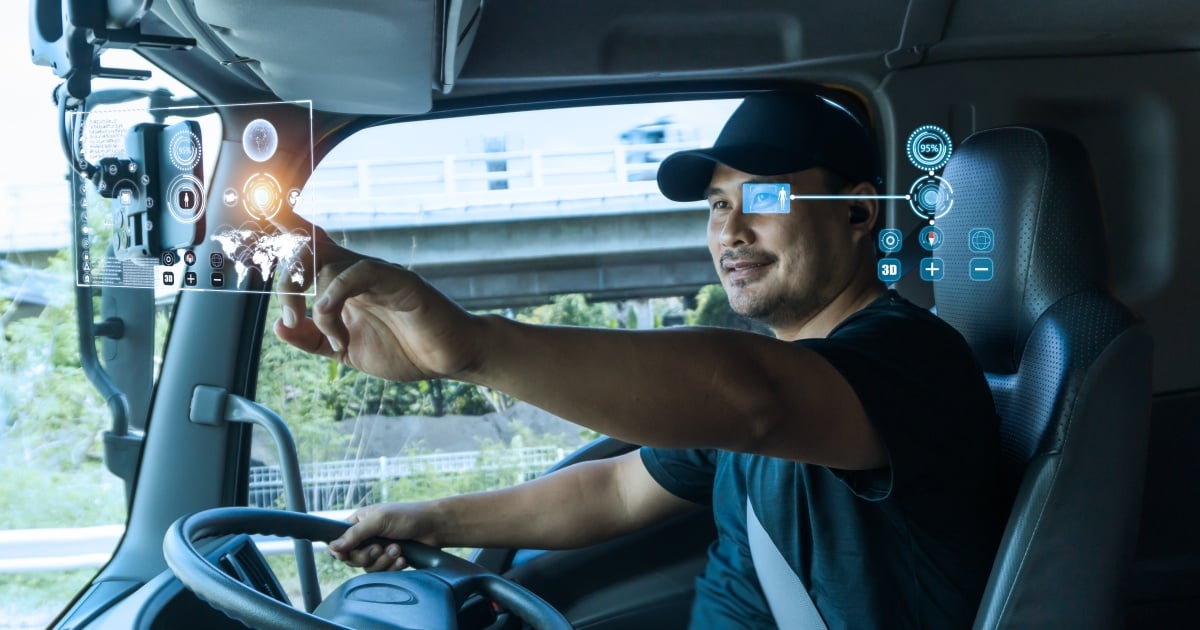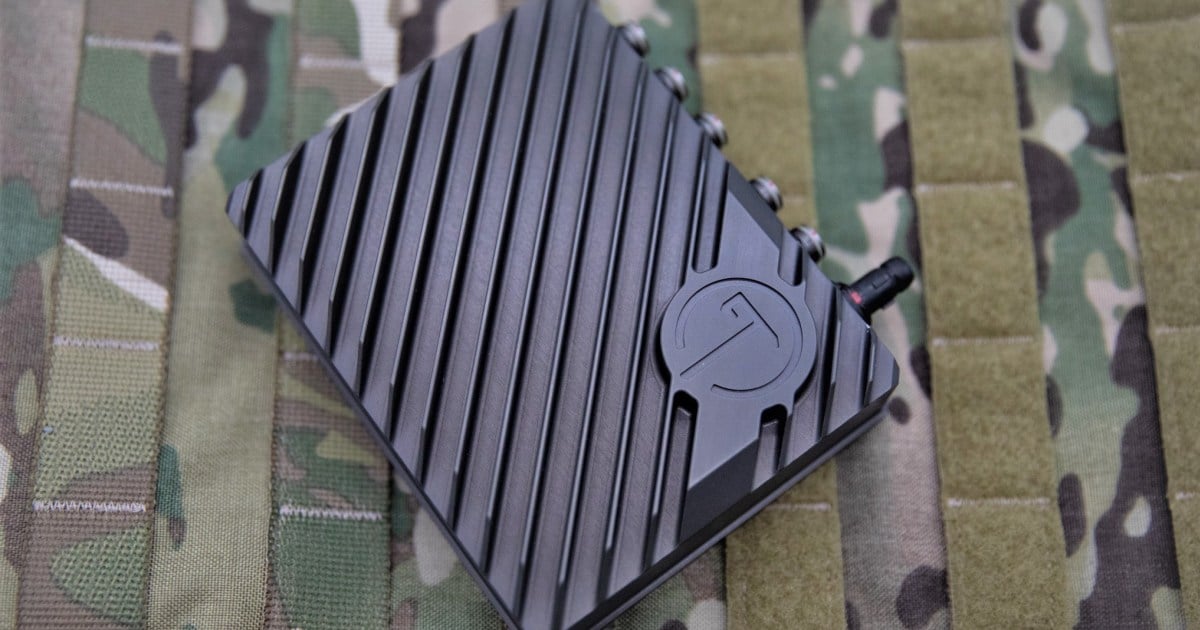
The IEEE Standards Association has adopted the OpenFog Consortium’s OpenFog Reference Architecture for fog computing. It was designed to enable interoperable data connectivity for data-intensive artificial intelligence and Internet of Things applications. Under the IEEE, this effort is referred to as IEEE 1934.
"The reference architecture provided a solid, high-level foundation for the development of fog computing standards," said John Zao, Chair, IEEE Standards Working Group on Fog Computing & Networking Architecture Framework, which was sponsored by the IEEE Communications Society's Edge, Fog, and Cloud Communications Standards Committee. "The OpenFog technical committee and the IEEE standards committee worked closely during this process and benefited from the collaboration and synergies that developed. We’re very pleased with the results of this standards effort."
Fog computing brings compute, network, and storage resources closer to the sources of data, like sensors, to allow for faster decision making and greater efficiency. The OpenFog Reference Architecture was released in February 2017. Core technical principles of this OpenFog architecture include agility, autonomy, hierarchy, openness, programmability, RAS (reliability, availability, and serviceability), scalability, and security.
The Open Fog Consortium will discuss this and other Fog and Edge issues at the Fog World Congress October 1 to 3.
"We now have an industry-backed and -supported blueprint that will supercharge the development of new applications and business models made possible through fog computing," said Helder Antunes, chairman of the OpenFog Consortium and senior director at Cisco. "This is a significant milestone for OpenFog and a monumental inflection point for those companies and industries that will benefit from the ensuing innovation and market growth made possible by the standard."
Cisco was an early champion of fog computing. In fact, Cisco leaders presented on fog several years ago at IoT Evolution Expo. In one of the presentations, a Cisco representative explained that fog computing, which sits below the cloud layer to allow for faster and more localized decision making, provides a common architecture for industrial IoT. While the cloud is global in time and space, he said, the fog is local in time and space. (The next IoT Evolution Expo is planned for Jan. 29 through Feb. 1 in Fort Lauderdale, Florida.)
Edited by
Ken Briodagh





